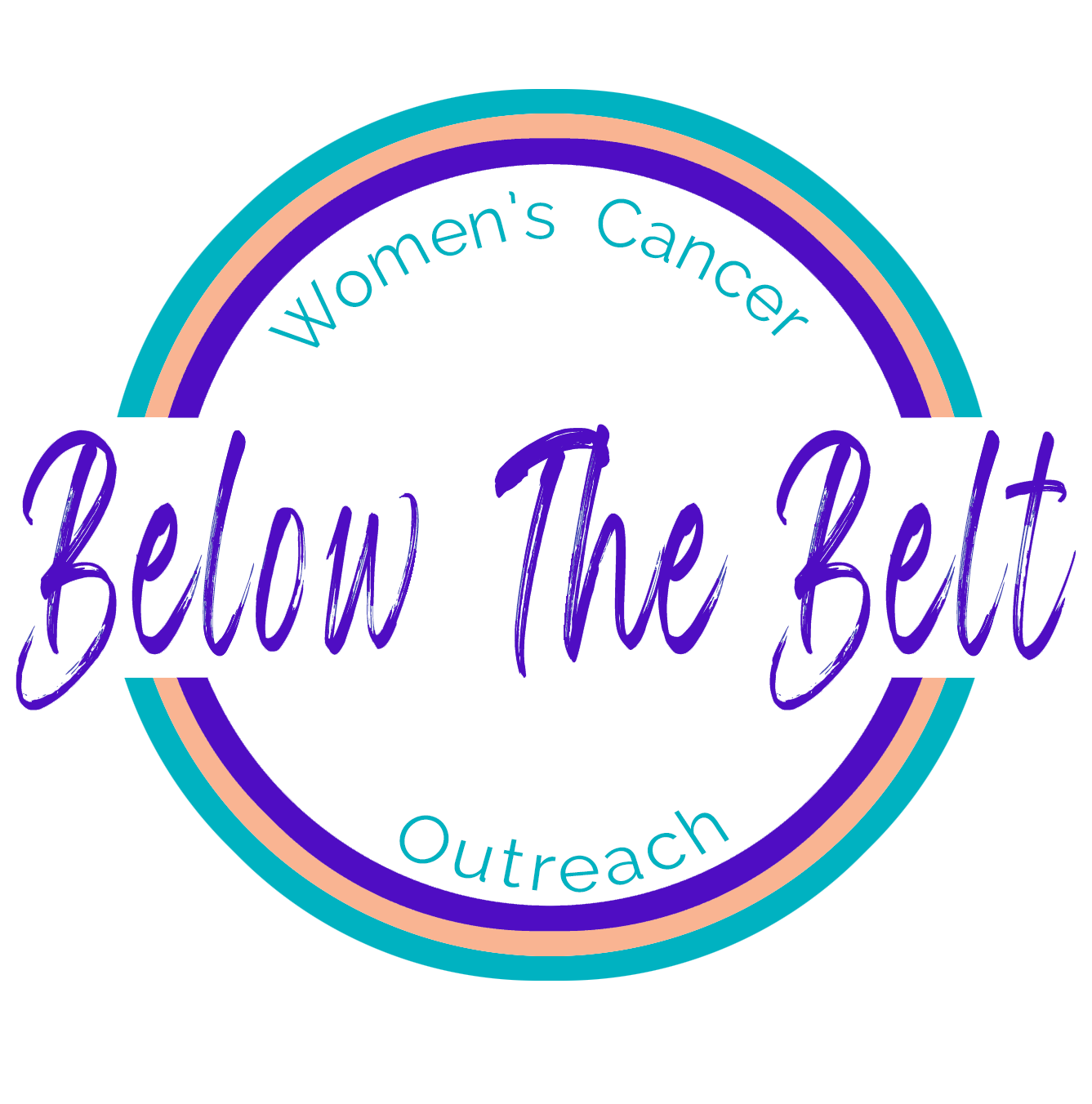Ovarian Cancer Research Alliance (OCRA), with the full endorsement of the Society of Gynecologic Oncology, has launched a new campaign in the fight against ovarian cancer, a bold and important direction for everyone who cares about the future of this field and who cares about saving lives.
The campaign, called Until There’s a Cure, urges people to know their risk; promotes genetic testing to at-risk populations; and encourages women and anyone born with ovaries to discuss prophylactic surgery with their doctor.
“There is currently no cure for the deadliest of all gynecological cancers, nor is there a way to screen for it that has any impact on mortality. But we know there is a way to dramatically reduce the risk,” said Audra Moran, President and CEO of OCRA. “Ovarian cancer is considered a rare disease, but for those with a family history and/or genetic mutation, the risk jumps to 40-50% or even higher. So, knowing one’s risk level is critical. We also know that 70% of ovarian cancer begins in the fallopian tubes, so we are encouraging people who are done having children to discuss with their doctors the possibility of having their tubes removed. Essentially, we want everyone with ovaries to know their risk level, and to know the actions they can take to help prevent ovarian cancer. Until there is a cure, these are our best weapons in this battle.”
Because knowing one’s risk level is critical, OCRA is providing free at-home genetic testing kits to anyone with a personal or family history of breast, gynecologic, or colon cancer. These individuals can fill out a brief questionnaire to determine whether they qualify for the program, and, if they do, have the kits sent to them at no cost. (The test kits are being offered to people 18 or older in the United States only.)
Concurrently, OCRA urges women and those born with ovaries to discuss preventative action with their doctor. Scientists know that the most common and lethal form of ovarian cancer actually starts in the fallopian tubes, with microscopic precursor lesions developing long before any symptoms would ever arise. People who are at increased risk for developing ovarian cancer should consider bilateral salpingo-oophorectomy (removal of both fallopian tubes and ovaries) or bilateral salpingectomy (removal of the fallopian tubes, but keeping the ovaries in place so as to avoid surgical menopause). Those at average risk for developing ovarian cancer and who are undergoing pelvic surgeries for benign conditions (hysterectomy, tubal ligation, cysts, endometriosis) should consider having their tubes removed at the same time (a procedure known as opportunistic salpingectomy).
“Opportunistic salpingectomy is not targeted toward specific patients. It is not meant for high-risk patients,” said OCRA’s Scientific Advisory Committee member Dr. Celeste Leigh Pearce at University of Michigan, who co-authored a recent study on the subject. “We are targeting the 80% of high-grade serous cancers that arise in people with no genetically increased risk for ovarian cancer and trying to reduce the incidence of ovarian cancer overall by providing this safe and seemingly effective procedure at the time of hysterectomy or instead of tubal ligation.”
The new, aggressive strategy replaces decades of a focus on symptom awareness and early detection, after a rigorous clinical trial in the United Kingdom that followed more than 200,000 women for more than 20 years revealed sobering and deeply disappointing news: that current screening methods do not impact mortality in average-risk women. Put more simply, the trial showed screening and symptom awareness will not save lives.
“This is incredibly hard information to accept and runs contrary to almost all messaging related to ovarian cancer awareness to date. However, to ignore learnings gained from current research would be detrimental to the wellbeing of women and the future of ovarian cancer research,” said Moran. “We have to focus our limited resources on what we know actually works.”
Learn more about the campaign and how to receive free, at-home genetic testing.
“Text provided from Ovarian Cancer Research Alliance.”
